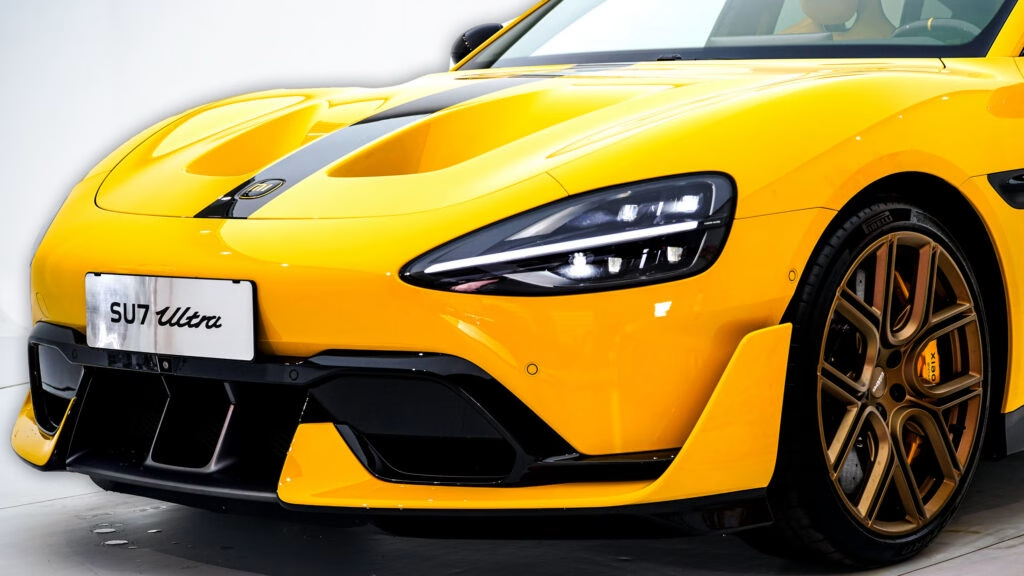Xiaomi’s SU7 Ultra: A Carbon Fiber Controversy
The Xiaomi SU7 Ultra has been making waves in the electric vehicle (EV) market, captivating enthusiasts with its impressive features. However, the excitement has been dampened by a series of missteps, particularly surrounding the much-hyped carbon fiber hood. Let’s dive into the details of this situation and what it means for both the company and its customers.
What’s the Deal with the Carbon Fiber Hood?
Xiaomi introduced the carbon fiber hood as an optional upgrade, priced at a staggering 42,000 yuan (around $5,800). The company touted it as a performance-enhancing feature, claiming that the design would improve cooling through its large air ducts. However, independent tests conducted by automotive bloggers revealed a different story. They found that the vents were largely cosmetic, providing little to no actual airflow. One blogger even demonstrated this by placing a piece of paper near the vents while using a fan—surprisingly, the paper didn’t budge. This revelation has left many SU7 Ultra owners feeling misled.
How Did Xiaomi Respond?
In light of the backlash, Xiaomi quickly issued an apology, clarifying that the carbon fiber hood was primarily designed to mimic the prototype’s aesthetics rather than enhance performance. They admitted that this option wasn’t part of the original production plan, which raises questions about their marketing strategy. To appease frustrated customers, Xiaomi offered those with pending orders the chance to switch to the standard aluminum hood. For those who already received their vehicles with the carbon fiber option, the company provided 20,000 reward points—equivalent to about 2,000 yuan or $275. Unsurprisingly, this gesture has not quelled the dissatisfaction among many owners.
Why Are Customers So Upset?
The frustration among SU7 Ultra owners stems from more than just the hood itself. Many feel that the promised upgrade was essentially an overpriced accessory with no real benefits. Reports indicate that over 300 owners have united in their demand for full refunds, highlighting a significant disconnect between customer expectations and the product delivered. This situation underscores the importance of transparency in marketing, especially for a brand trying to establish itself in the competitive EV landscape.
What’s Next for Xiaomi?
While Xiaomi has made strides in creating a high-performance sedan, the company’s recent missteps serve as a reminder of the delicate balance between innovation and customer trust. The SU7 Ultra may boast impressive specs on paper, but the backlash over the carbon fiber hood indicates that consumers are looking for more than just flashy features—they want genuine performance and value.
As the automotive market continues to evolve, companies like Xiaomi must learn to communicate their offerings clearly and honestly. The lesson here? Overpromising can lead to underdelivering, and that can have lasting repercussions on brand loyalty.
The big takeaway? Xiaomi’s journey with the SU7 Ultra isn’t just about creating a powerful vehicle; it’s about building a relationship with customers based on trust and transparency. If they can navigate this controversy effectively, they may just turn this setback into a stepping stone for future success.

